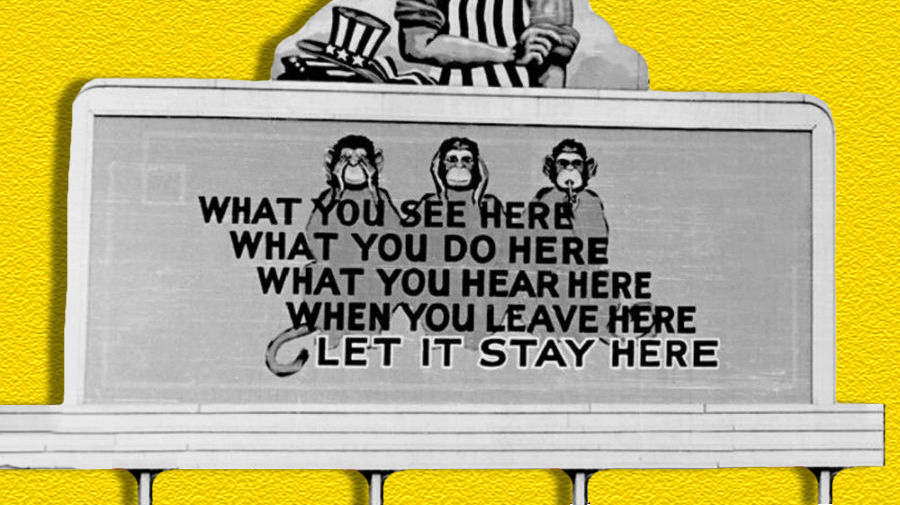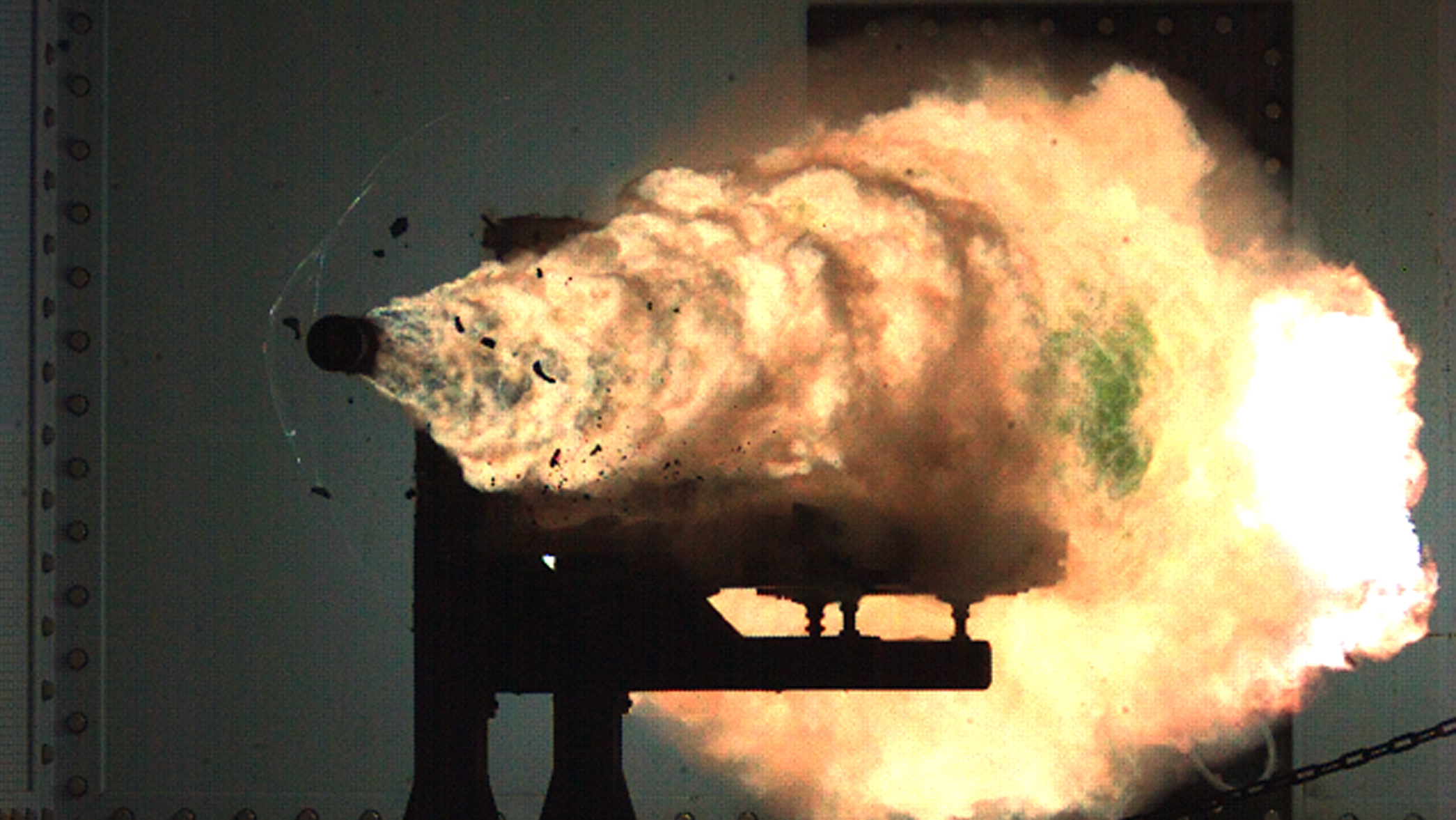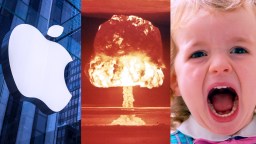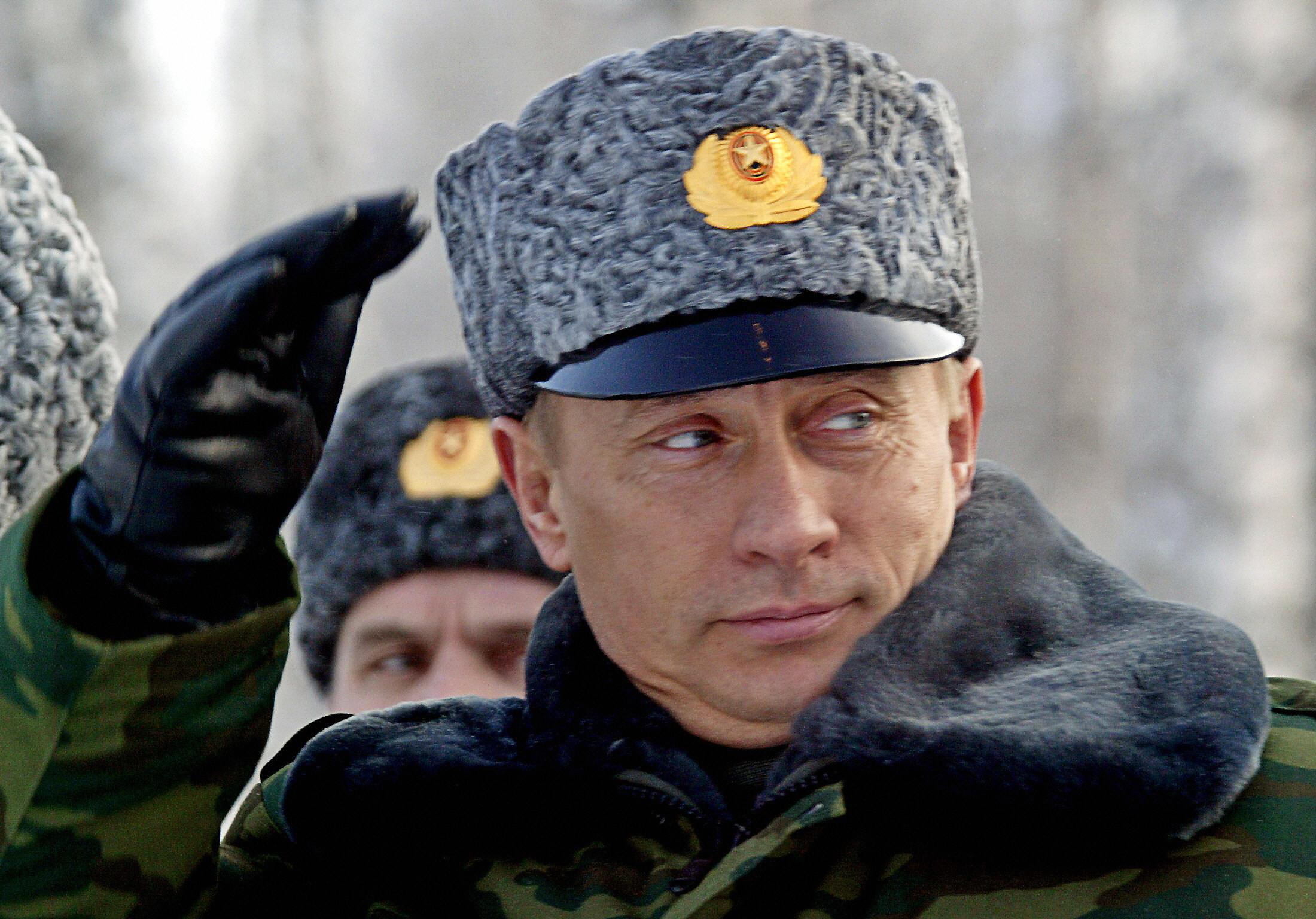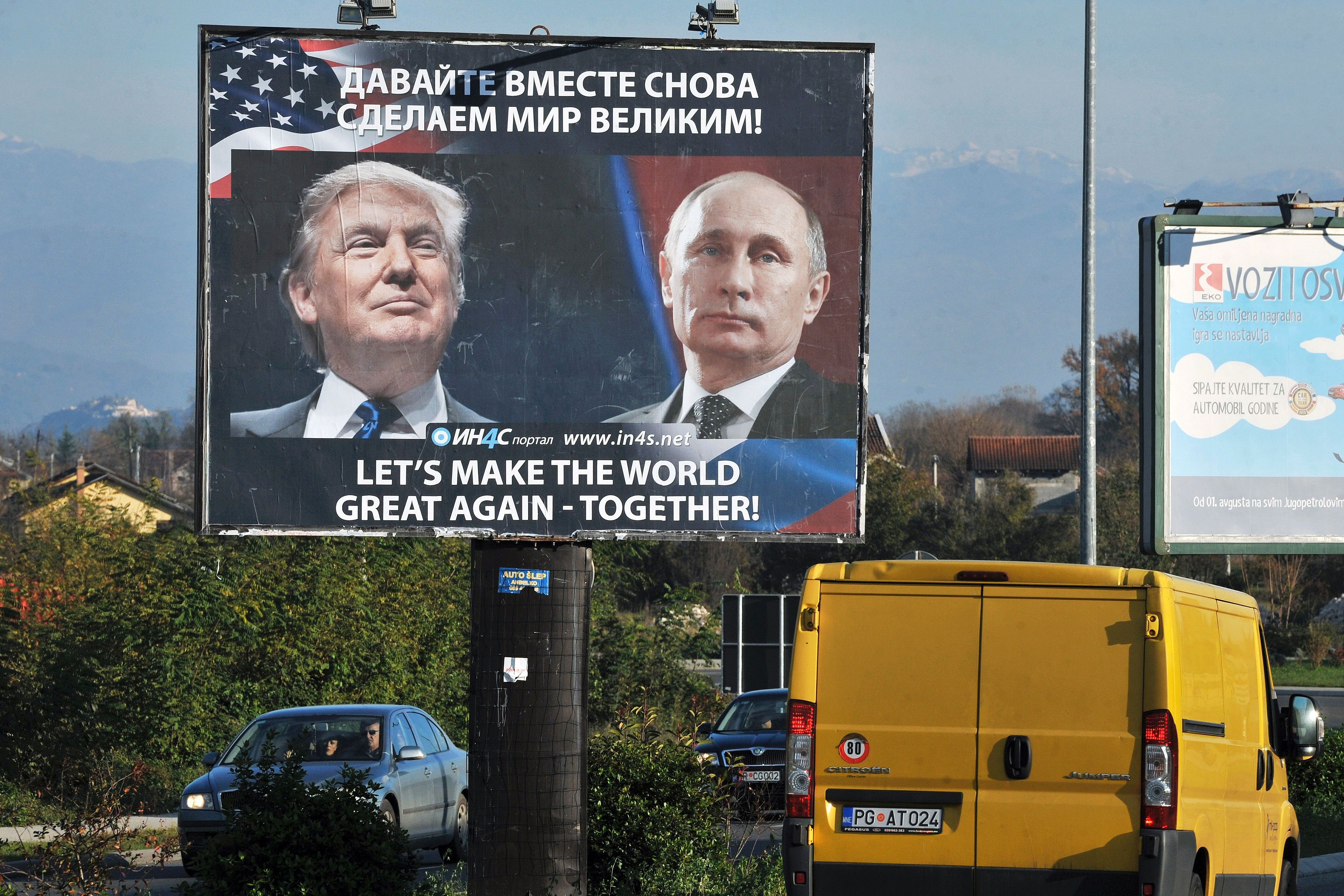cold war
Both the U.S. and the Soviet Union created secret cities to house the scientists working in their nuclear weapons programs. Both nations went about this in very different ways and with very different, sometimes disastrous, results.
Pictures of the secretive and extremely high-powered weapon have appeared on Chinese social media.
Want to tax corporations without scaring them off, outsmart a calculating kid, or get rid of the world’s nuclear warheads? Think like a game theorist.
▸
6 min
—
with
KGB-era “active measures” are still being used by Russian intelligence agencies today, according to experts.
The United States and Russia are longtime geopolitical adversaries looking for a new way forward.
